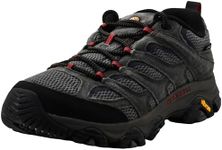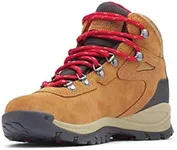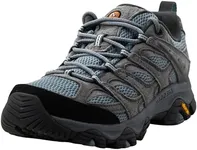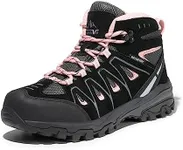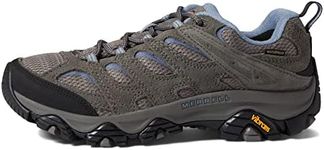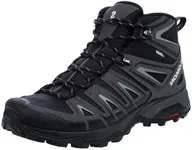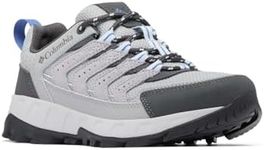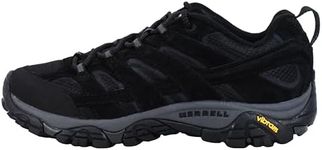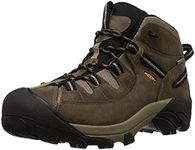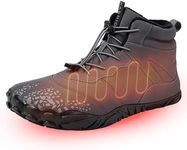Buying Guide for the Best Hiking Boots With Wide Toe Box
Choosing the right hiking boots is essential for comfort, support, and safety on the trails, especially if you need a wide toe box. A good pair of hiking boots should protect your feet, provide stability, and prevent discomfort during long walks. When shopping for hiking boots with a wide toe box, it's important to focus on features that ensure a proper fit, durability, and suitability for the type of hiking you plan to do. Understanding the key specifications will help you make a choice that matches your foot shape and hiking needs.Toe Box WidthThe toe box is the front part of the boot where your toes sit. A wide toe box provides extra space for your toes to spread naturally, which is important for comfort, especially on long hikes or for people with wider feet. Toe box width can range from standard to wide and extra wide. If your toes feel cramped or you often get blisters or numbness, a wider toe box is likely a better fit. Try on boots at the end of the day when your feet are slightly swollen to ensure the width is right for you.
Fit and SizingFit and sizing refer to how well the boot matches the shape and length of your foot. A good fit means your heel stays in place, your toes have room to move, and there are no pressure points. Hiking boots come in various sizes and sometimes in different widths. Always try boots with the socks you plan to wear while hiking, and walk around to check for comfort. If you have wide feet, look for brands or models that offer wide or extra wide options.
Support and CushioningSupport and cushioning are about how well the boot protects your feet from rough terrain and absorbs impact. Good support comes from a firm midsole and a structured upper, which help prevent ankle twists and foot fatigue. Cushioning is provided by the insole and midsole, making long hikes more comfortable. If you hike on rocky or uneven trails, prioritize boots with more support and cushioning. For smoother trails, lighter support may be sufficient.
Material and BreathabilityThe material of the boot affects its durability, weight, and how well it keeps your feet dry and cool. Leather boots are durable and water-resistant but can be heavier and less breathable. Synthetic materials are lighter and often more breathable, but may not last as long. If you hike in wet or cold conditions, look for waterproof materials. For hot climates, prioritize breathability to prevent sweaty feet.
Traction and OutsoleTraction refers to how well the boot grips the ground, which is determined by the design and material of the outsole. Deep, aggressive lugs provide better grip on muddy or rocky trails, while shallower patterns are suitable for well-maintained paths. If you plan to hike on challenging terrain, choose boots with a rugged outsole for better stability and safety. For easy trails, a less aggressive sole may be more comfortable.
WeightThe weight of the boot affects how tired your legs and feet will feel after a long hike. Heavier boots offer more protection and support, which is useful for rough terrain or carrying a heavy backpack. Lighter boots are easier to walk in and are better for shorter hikes or well-groomed trails. Consider the type of hiking you do most often to decide if you need a heavier, more protective boot or a lighter, more flexible one.
